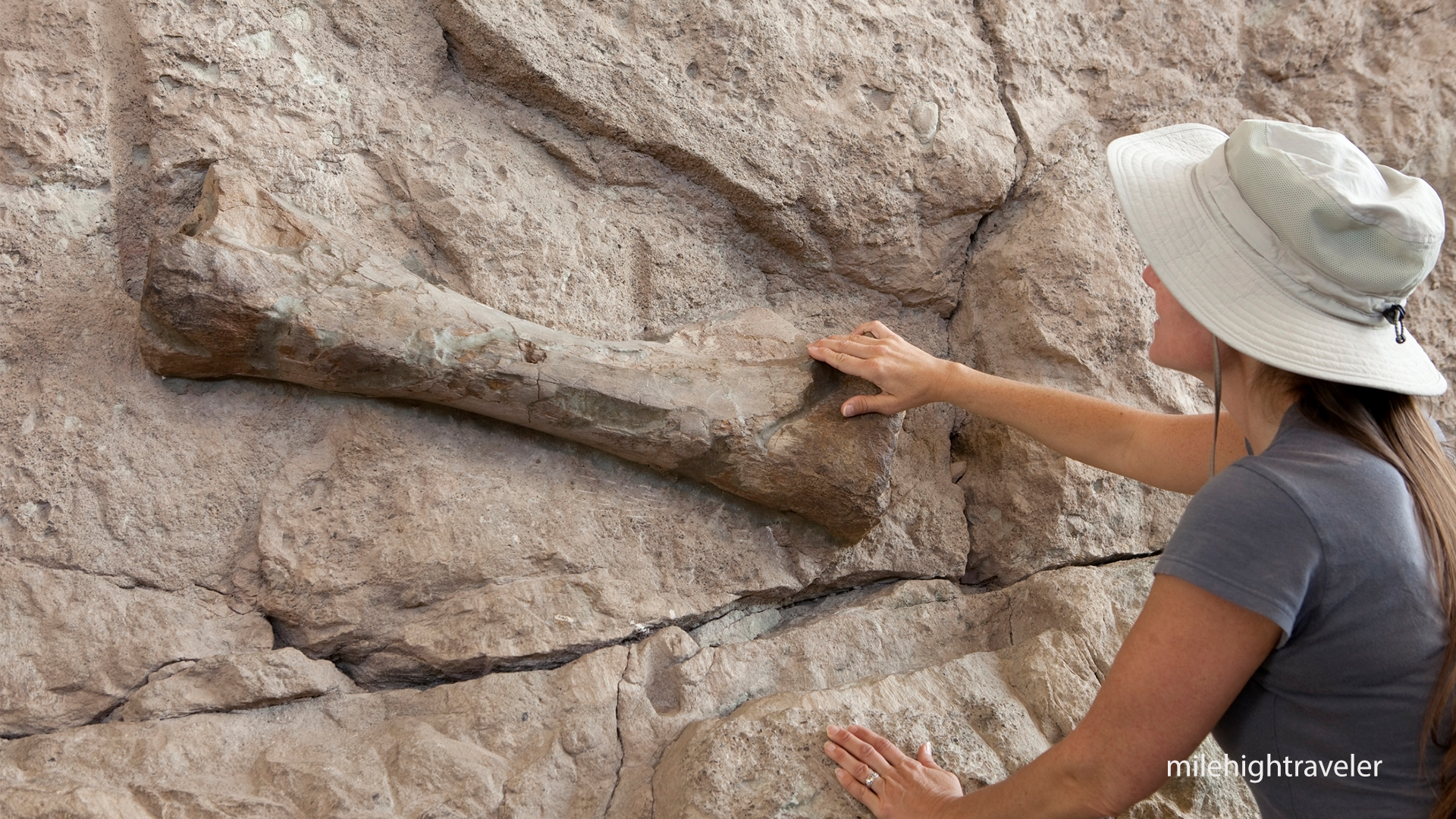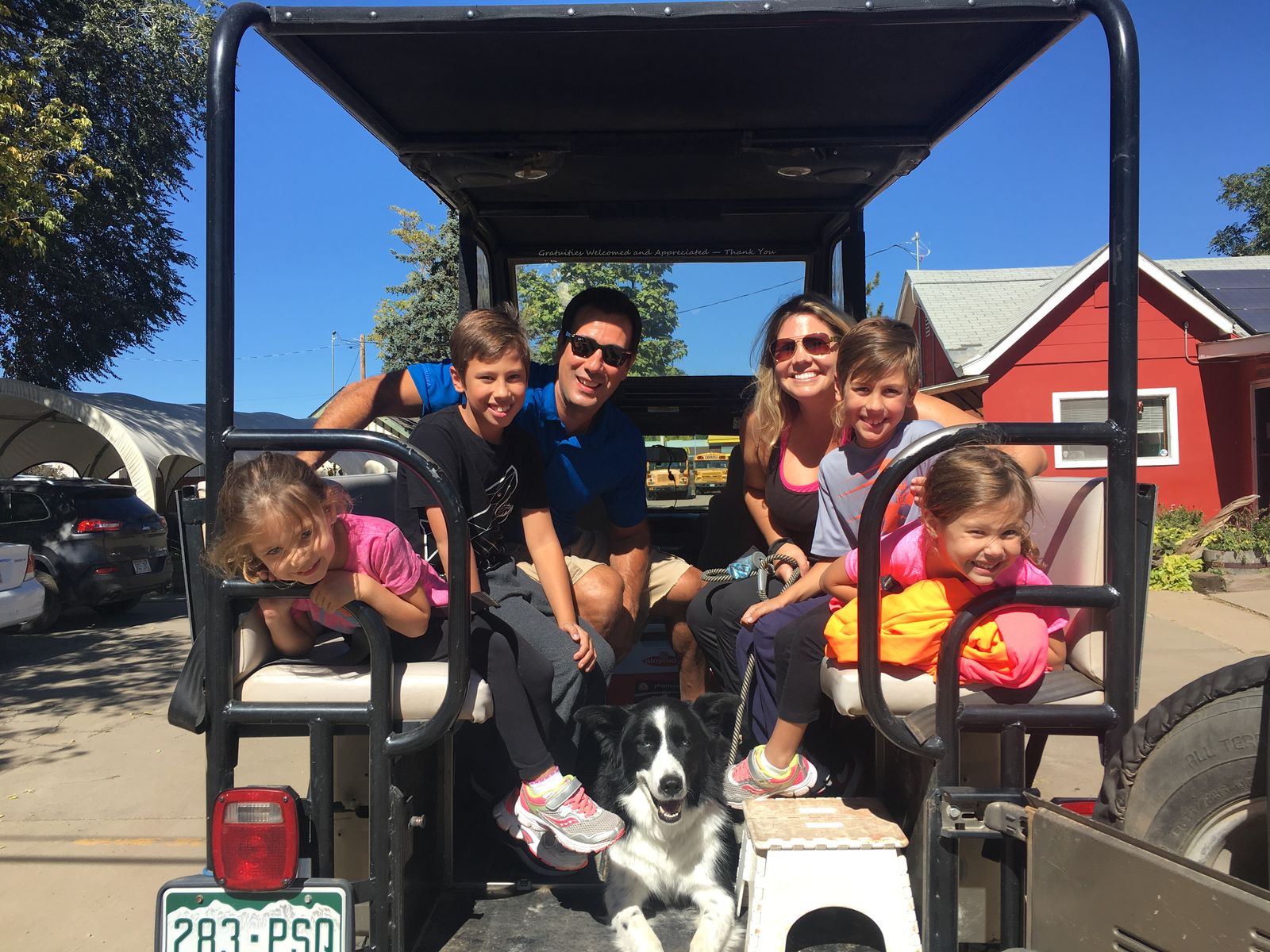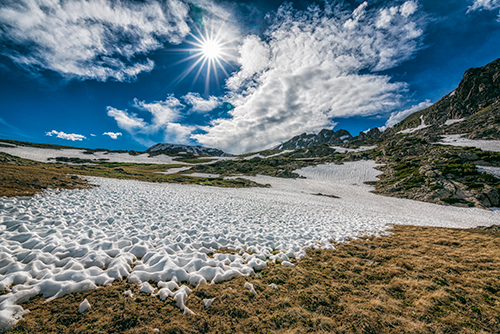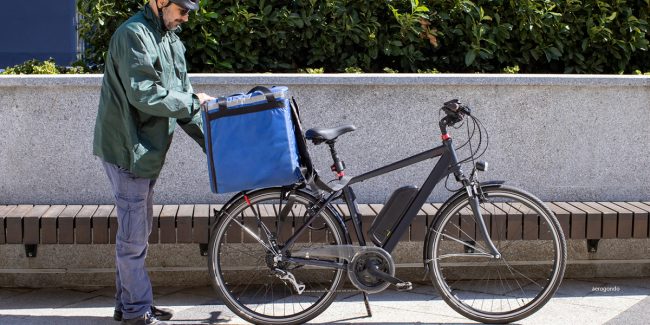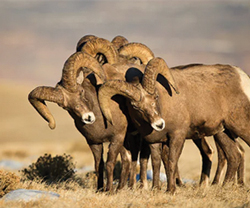Dinosaur National Monument
Northwest Colorado, Dinosaur National Monument
If you’ve ever been interested in dinosaurs, or what the world looked like 100 million years ago, or long drives through scenic landscapes, you should visit Dinosaur National Monument. It's on the Utah-Colorado border, officially in Jensen, UT, off US Highway 40. From Steamboat Springs, it’s about a two-hour drive west. It is where some of the most well-known fossilized skeletons of dinosaurs have been found, and there are still excavations today. It lies between the confluence of the Green and Yampa rivers and is an area that was inhabited for a very long time, going back at least ten thousand years.
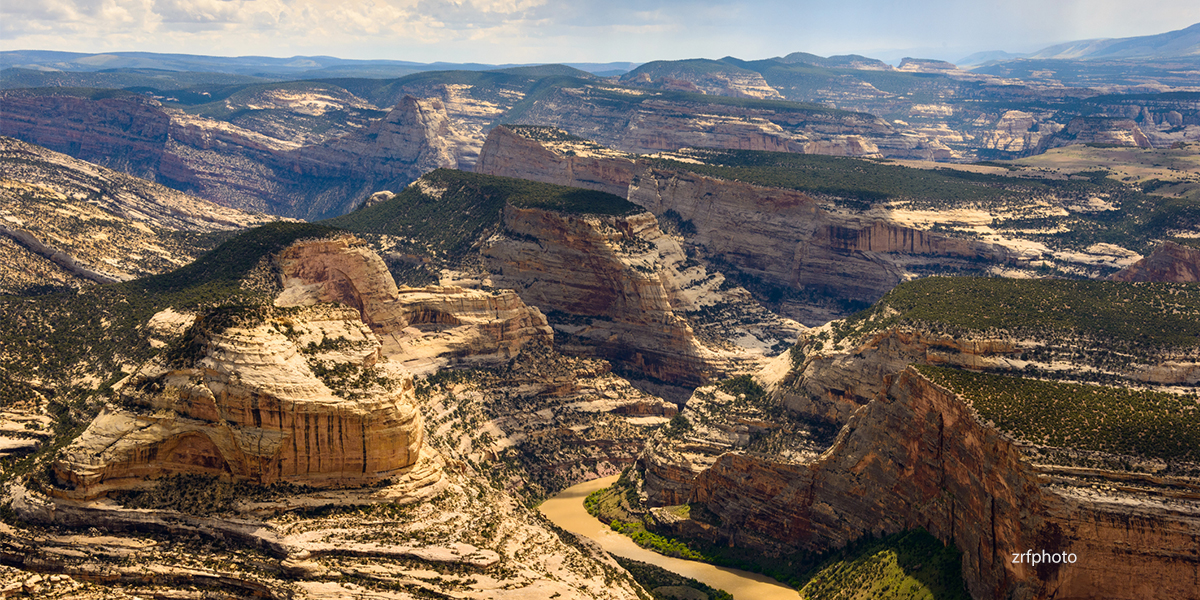
Prehistoric Times
In prehistoric times, the area was inhabited by the Fremont people, the ancestors of the Native American peoples of the western half of the continent. It was an area with year-round water and shade and was a comfortable place to live. This is evidenced by the abundant stone tools, hearths, carbonized seeds, and bones the original inhabitants left behind. They also etched and painted drawings of things important to their lives on the walls of caves and canyons. These are known as petroglyphs and pictographs. The descendants of these ancient people still live in this area today.
The First Explores
In the 1700s Spanish explorers traveled in this area, the most notable being the Dominguez and Escalante Expedition. Their descriptions of the area led to early “Mountain Men” investigating the area. They were working for the Rocky Mountain Fur Company and were in search of beaver pelts. At this time, beaver fur was used to make felt and made into men’s hats. The pelts were also used as trade items by Native Americans, who desired metal items only from the trappers. The area was close to Brown’s Park, where every year, the trappers and traders met to exchange stories, eat and drink, trade furs and other items necessary for survival in a region far from civilization.
Scientific Interests
It wasn’t until the late 19th century that fossils were the subject of scientific study, with the ideas of Charles Darwin and his theory of evolution being applied to fossilized remains of unearthed life forms. Strange large bones were encountered in the coal mining areas of the eastern United States during the previous century. Scientists at the time realized these bones were obviously from extinct animals because they couldn’t compare them with anything they had seen living at that time. People had different ideas of the types of creatures these fossils represented and came up with many strange visions of creatures. With the growth of the field of Paleontology, many of the strange creatures envisioned by the earlier bone collectors were understood to be incorrect. The fossils in this area differed from those in the eastern coal beds. Some were complete skeletons of gigantic creatures unknown to science.
Paleontologist Exploration 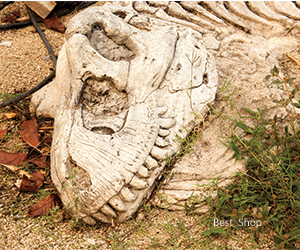
In 1909, a paleontologist named Earl Douglass was sent to the area of DINO to look for fossils by the Carnegie Museum. The result was over 350 tons of rock excavated and hundreds of fossilized bones being discovered. It resulted in the Carnegie Quarry, still present, still full of bones, still revealing life from millions of years ago. When it was discovered, it was quickly realized that the quarry needed to be preserved and protected. President Woodrow Wilson established Dinosaur National Monument, with the eighty acres around the Carnegie Quarry permanently preserved, on October 4th, 1915.
Dinosaur National Monument Today
In our modern world, every child is familiar with dinosaurs. Their images adorn lunchboxes, sweatshirts, and many other items. When first discovered, they were unbelievable to most people. It was in this time of awe and amazement that Dinosaur National Monument was created. We are fortunate that it still exists. The main reason it's still here is that it is very remote. If you take the time to drive way out west, heading towards Utah on US Hwy 40, you’ll go right past the sign for Dinosaur National Monument.
Visiting Dinosaur National Monument
A day trip to DNM will transport you back to the Jurassic era. No, it won’t be like Jurassic Park. You won’t have to worry about being eaten by escaped Velociraptors or T. Rex. You will see fascinating fossil skeletons and dioramas showing what it looked like 130 million years ago. You can see an exposed hillside where paleontologists are still excavating bones. On the hillside, you will see people working with small hammers and chisels, carefully exposing ancient bones of the animals that roamed the area long ago. It is a working dinosaur quarry and is rich with fossils even today. There are guided walks of the area, a museum-quality gift shop, and restrooms, and it is accessible for disabled persons. It is far off the beaten path but worth the time and drive to visit. Once you visit, you will understand why it is a unique place and why it is an important key to understanding the history of life on Earth.
Interesting Fact
As you approach the area from the east, heading west on Hwy 40, look to the right and notice the ochre and maroon-colored rock formations running roughly parallel, about three miles away. You will see the colored bands of rock bending gently up and down as if they were made of saltwater taffy. This is part of the Morrison Formation, a Jurassic layer from 130-150 million years ago. This formation runs beneath the Rocky Mountains in Colorado but is exposed in places on the Front Range and west of the mountains, as at DINO.
by Jonathan Hands

